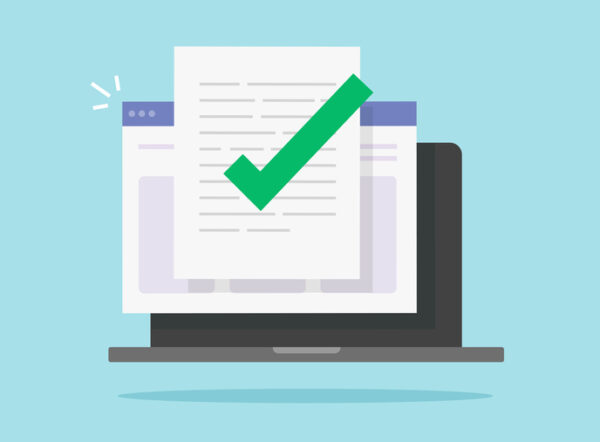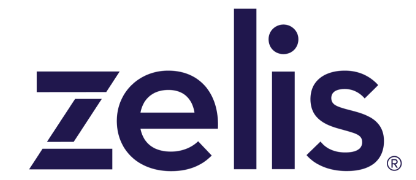
More and more providers are expanding their use of AI-based documentation tools after witnessing how much time these solutions can save clinicians.
On Wednesday, Alpine Physician Partners — which operates primary care organizations in several states — announced that it is implementing Ambience Healthcare’s documentation and coding tool after a successful pilot.
“Only 27% of a clinician’s time is spent on direct patient care, while 73% is spent searching the EHR to catch up on context and writing notes to document the visit. While caring for patients, the clinicians are also expected to be experts in coding, prior authorization, quality reporting and utilization management,” said Ambience CEO Michael Ng.
Ambience’s mission is to provide clinicians with AI that can reverse these numbers, freeing them up to focus more on their patients and less on data entry, he declared.
The startup’s technology can be embedded directly inside of three different EHRs — Epic, Cerner and Athenahealth.
“Prior to seeing the patient, Ambience helps clinicians design their agenda for visit. In the room with the patient, clinicians can use their mobile device or desktop to record the conversation. Ambience leverages all of the historical EHR context and the recording of the visit to automate documentation for the patient and clinician. This includes generating clinical notes, after-visit summaries, referral letters, CPT and ICD-10 coding suggestions and more,” Ng explained.
Dr. Chan Chuang, president at Alpine, said that his organization’s clinicians began using Ambience’s tool in December. Following a successful pilot program, 74 Alpine clinicians currently use the technology, he noted.
Ambience’s AI tool stood out from others that Alpine tested because it is able to generate high-quality notes that “accurately reflect patient encounters in a consistent way” for primary care and geriatric visits, Dr. Chuang remarked. The tool also allows clinicians to interface bidirectionally with the EHR, enabling the patient interaction to flow seamlessly into Apline’s existing documentation repository, he noted.
“Ambience is also able to capture and output in Spanish — an important feature especially given the predominant Spanish speaking population we serve in our Texas-based practices,” Dr. Chuang added.
Before adopting Ambience’s technology, Alpine clinicians were spending an average of 4.7 hours on charting per day, mostly after their normal working hours, he pointed out. Since they’ve been using the AI tool, clinicians’ charting time has dropped down to about 1.2 hours per day, with most of that being able to be completed during the patient visit instead of after hours, Dr. Chuang declared.
Because of this sizable impact, he thinks other physician groups should be adopting AI-based documentation tools.
“We recommend that physician groups do their due diligence by comprehensively testing different solutions. The right solution will help clinicians restore the joys of practicing medicine, as well as support the appropriate documentation of the quality of care delivered, patient acuity and complexities and the treatment,” Dr. Chuang stated.
Photo: Elena Lukyanova, Getty Images










